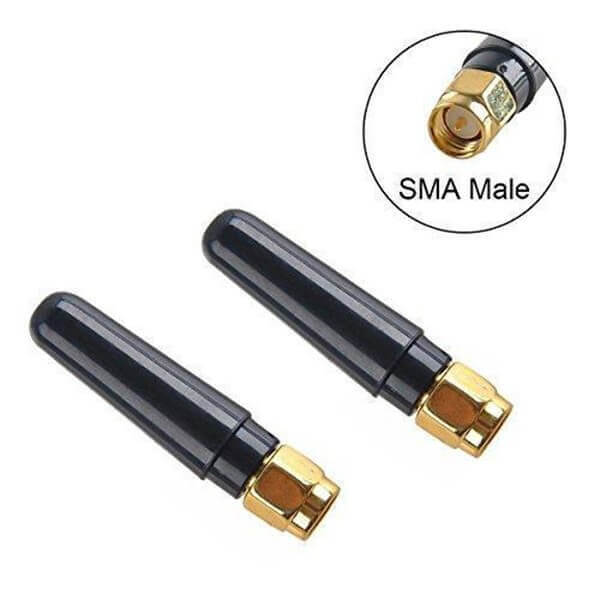Wondering whether it’s faster with 2 antennas or 4 antennas? Many find themselves caught in this dilemma when selecting a router. Let’s delve into this conundrum using the Huawei Router A1 as an example.
Which offers better speed, internal or external antennas? To address this query, it’s essential to grasp the current landscape and differences between external and internal antennas. External antennas made their debut before internal antennas. Early wireless router models predominantly featured external antennas. In recent years, internal antennas have gained popularity, with all major manufacturers introducing routers equipped with built-in antennas. The sleek and modern appearance of routers with internal antennas aligns well with contemporary aesthetics.
External antennas afford the flexibility to adjust their angles, influencing router performance and network speed based on their placement. Incorrect positioning can hamper the user’s internet experience. Conversely, routers with built-in antennas are pre-optimized, sparing users the need for adjustments.
Implementing external antennas is relatively straightforward, offering more solutions for complex scenarios and environments. In contrast, internal antennas require careful consideration of optimal spacing and antenna performance, making them relatively challenging to implement and necessitating higher capabilities from manufacturers.
In reality, whether antennas are internal or external is just one facet of router antenna design. Given current technological capabilities, the signal and performance of a router are not solely dependent on the choice between internal or external antennas. Therefore, this factor should not be the primary consideration when selecting a router.
What’s the connection between the wireless protocol and the number of antennas? When choosing a router, it’s crucial to focus on the wireless protocol and the number of antennas as they directly determine the Wi-Fi transmission rate. You can calculate the Wi-Fi rate of the Huawei Router A1 using official promotional materials.
For instance, “11ac 22” indicates support for 802.11ac with 2 antennas, resulting in a Wi-Fi rate of 433.32 = 866.6. Similarly, “11n 22” signifies support for 802.11n with 2 antennas, yielding a Wi-Fi rate of 1502 = 300. In total, this adds up to 1167.6 (Gigabit), rounded to about 1200Mbps. Huawei’s promotion of “Gigabit WiFi,” “Gigabit wireless router,” and “11AC technology” centers around this figure.
Understanding the relationship between wireless protocols and antenna count can help you navigate the pitfalls when selecting a router. If a router claims to support Gigabit, it must support 11ac; otherwise, it’s false advertising. Similarly, if a router boasts four antennas but only offers a maximum rate of 300Mbps, it likely only utilizes two 11n antennas, with the additional two serving as mere decoration.
Is it necessary to invest in a higher-priced and configured router? The decision hinges on the product’s cost-effectiveness and the user’s actual requirements. Consider your home broadband speed and apartment size. In most areas in China, home broadband is 100Mbps or less, making a 1200Mbps dual-band router a suitable choice. If your home broadband exceeds 100Mbps, opt for a dual Gigabit router like the Huawei Router A1 Enjoy Edition to maximize the potential of ultra-100M fiber. In larger apartments spanning over 120 square meters, multiple routers may be required for intelligent networking, ensuring seamless Wi-Fi coverage throughout the premises.
Armed with knowledge about routers and antennas, you can make informed and confident choices when purchasing routers in the future, sparing yourself unnecessary hesitation and confusion.

